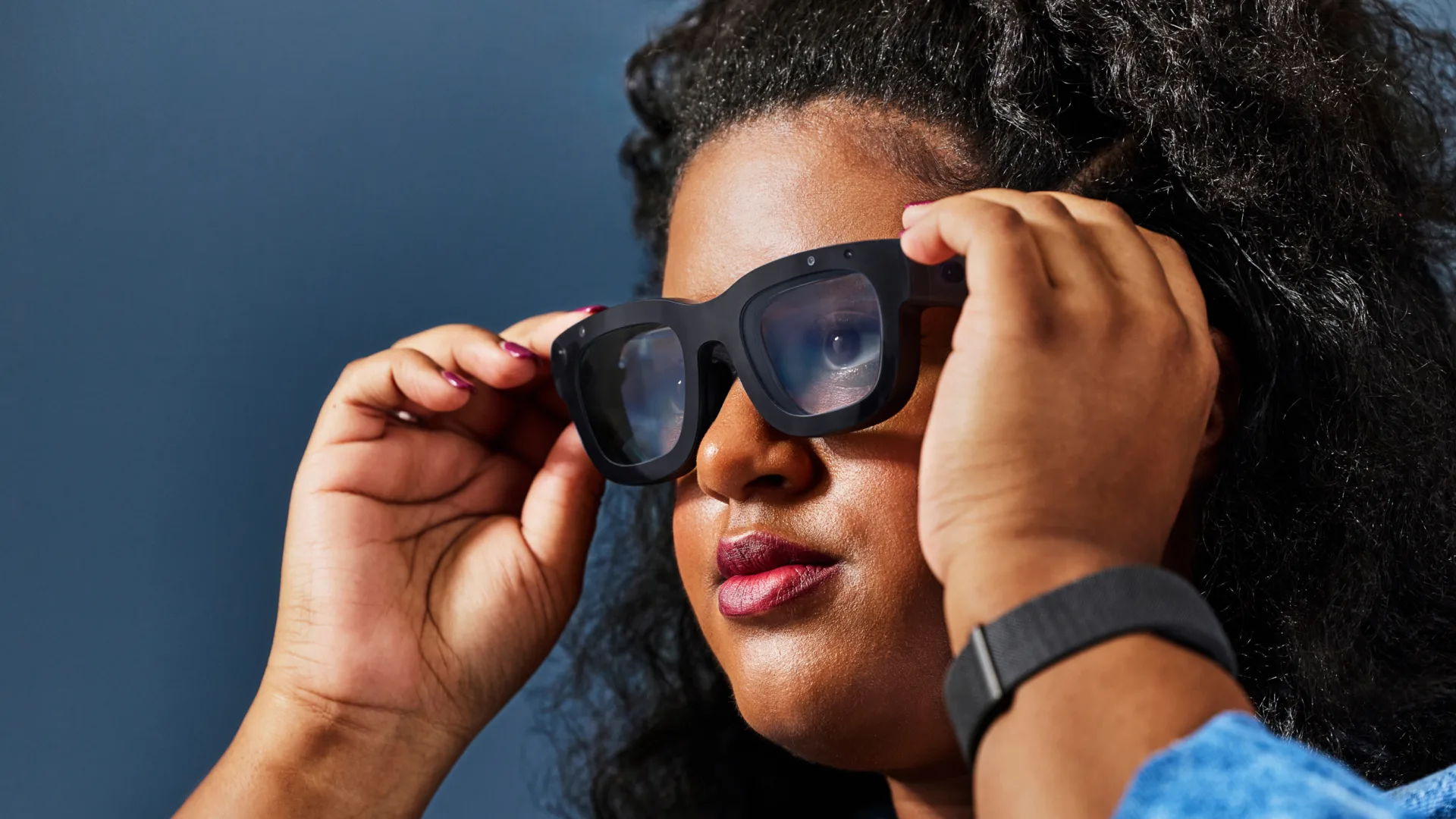For about a decade, Meta has been working on an audacious project: AR glasses stylish enough to pass as regular eyewear, and yet so powerful that they could one day replace the smartphone. “When we started, we actually thought that there was less than a 10 percent chance that we could make it happen,” admits Meta AR devices VP Ming Hua.
And yet, at this week’s Meta developer conference, the company showed off Orion: An AR glasses prototype that comes closer to this vision than any other device in its category, leading Meta CEO Mark Zuckerberg to call them “the most advanced glasses in the world.”
Meta has spent tens of billions of dollars on its AR hardware plans, and the company is not alone in its pursuit of wearable computing. Google, Apple, Samsung, and others all are working on AR glasses. Snapchat maker Snap unveiled its latest version of its AR Spectacles glasses at an event last week.

Snap’s Spectacles, and Meta’s Orion glasses, do offer a fascinating look at the future of personal computing—a future that now appears just years away. However, they also show why it’s been so challenging for tech companies to make AR glasses, and why none of the big companies are ready to turn their prototypes into mass-market products just yet.
Or as Zuckerberg put it this week: “The technical challenges to make them are insane.”
Hands-on with Meta’s Orion glasses
At first glance, Meta’s Orion glasses do look more or less like a regular pair of glasses, albeit somewhat oversize, with thick rims and temples. Once you put them on, you can see holograms overlaid over your view of the real world. These include a number of different apps, including Instagram, Facebook Messenger for chats and video calls, a web browser, videos, a retro space shooter, and a 3D game of Pong you can play against another person wearing the same set of glasses.
More impressive than the apps themselves is the fact that Orion can display up to three of them next to each other without forcing you to turn your head. That is because Orion’s optics feature a 70-degree field-of-view, which is significantly wider than that of any other pair of augmented reality glasses currently in the market. Snap’s new AR Spectacles, for instance, only have a 47-degree field of view, which forces users to frequently turn their heads when they look at AR objects.
